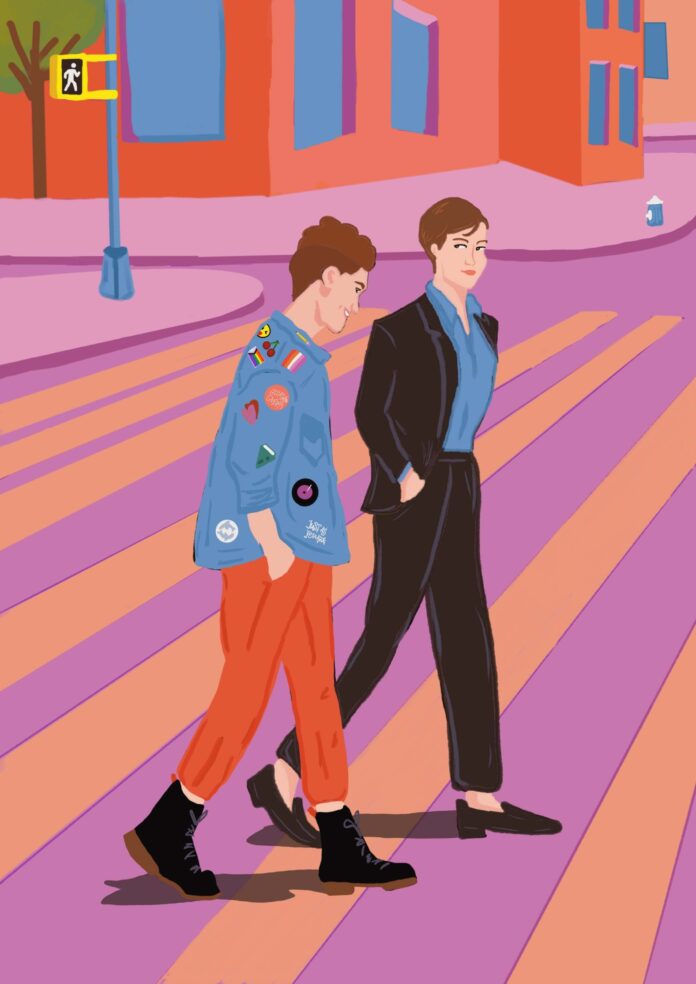“Just As You Are” by Camille Kellogg
By Mali Abel (Media editor)
I was introduced to this book when I met a librarian at the very queer Cubbyhole Bar one night in New York City. They recommended it to me and I knew immediately the book would be very queer; but what I didn’t expect was to be completely enthralled by all of its queerness as I sunk into the characters, the storyline and the relationships that are portrayed.
Kellogg wrote “Just As You Are” in the third person, so readers get the perspectives of characters Liz and Daria during their feuding romance. At the same time, “Just As You Are” follows a queer magazine as it struggles to stay afloat.
If you’re looking for a book with gay undertones, then this isn’t the right book for you because it is so over-the-top gay. It resonated with me in so many ways. Liz’s struggle with her gender presentation aligns with the struggles I and possibly other people go through who have an androgynous style, not wanting to commit to being strictly masculine or strictly feminine but feeling pressured to convert to one style to fit queer stereotypes.
Most of the book takes place in summertime, specifically Pride Month, making this a great summer read while celebrating your sexuality. Overall, I am obsessed with this book, and thank you to the cute girl who recommended it to me! I finally got around to reading it.
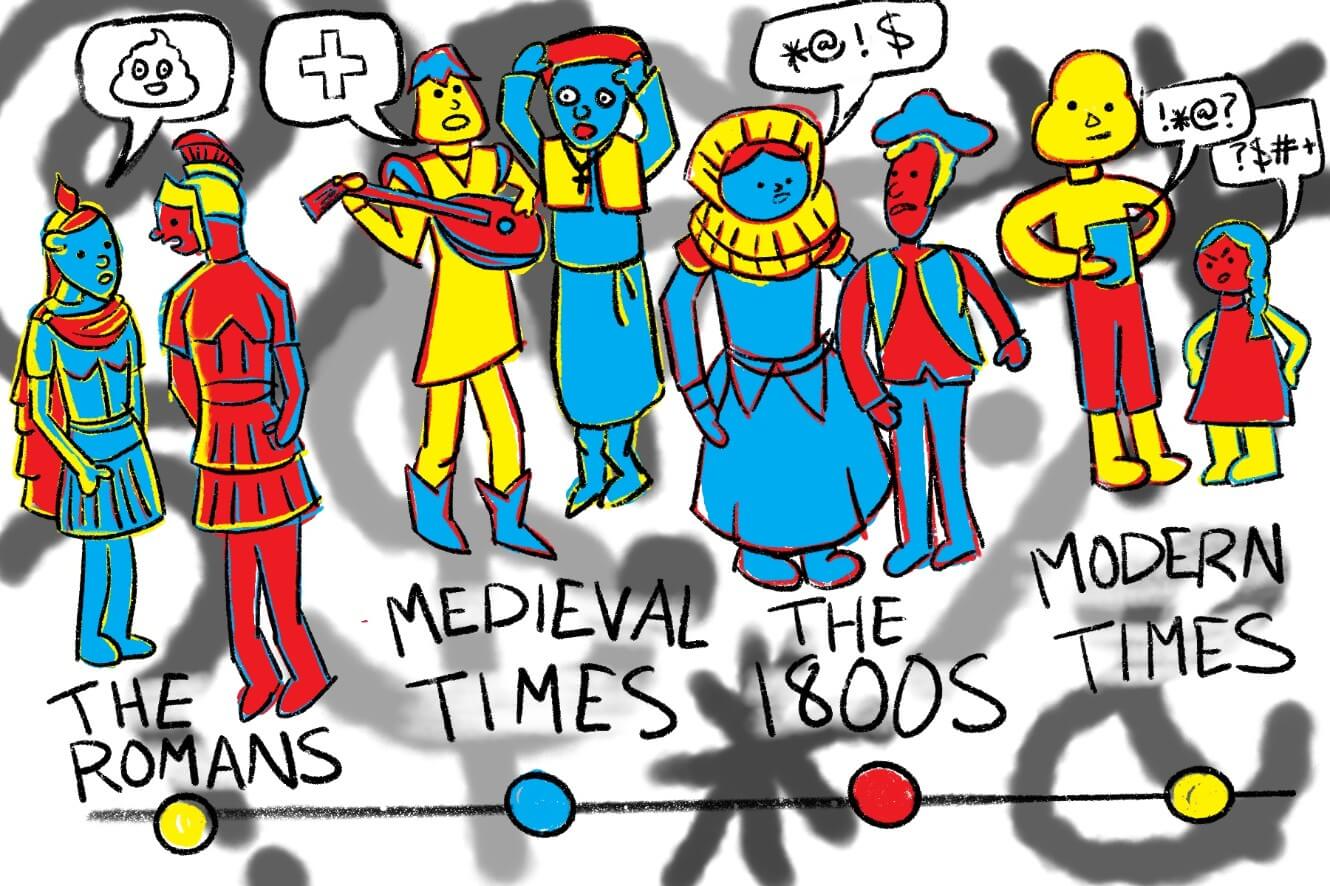
“Holy Sh*t: A Brief History of Swearing” by Melissa Mohr
By Avinash Iyer (Opinions editor)
In the United States’ puritanical society, where books are often banned on the basis of one or two parental complaints about their content, one would think that a book about swearing would be bowdlerized and euphemized to the point of incomprehensibility in order to avoid a national news story. Nonetheless, author Melissa Mohr masterfully traces the historical, theological and scatological foundations of all our favorite (English) swear words in “Holy Sh*t.”
Our choice of swear words reflects a complex mix of religious, cultural and technological changes that shaped the English language. Indeed, the term “swearing” itself is a fascinating nut to crack — we say the President “swears” the oath of office, but you also “swear” after you hit your knee on a table. Why? And what does this have to do with Moses? How did English evolve to the point where the word “leg” was considered extremely gauche during the Victorian era, whence an etiquette text in the 1300s used the words “s**t” and “p**s” liberally?
The answers to these questions and more are discussed in intricate detail in the book. Mohr often makes us feel uncomfortable reading as we become intimately acquainted with how societies past and present approached decency, respect and privacy (or lack thereof), and how these norms shaped swearing then and now. Despite utopian desires to the contrary, swearing will always be with us — the neural pathways behind swearing are physiologically different from normal speech, and swearing gives us more power over pain. So, next time you swear (statistically, sometime within the next hour), make sure to appreciate all aspects of the holy and the s**t that made the words what they are.
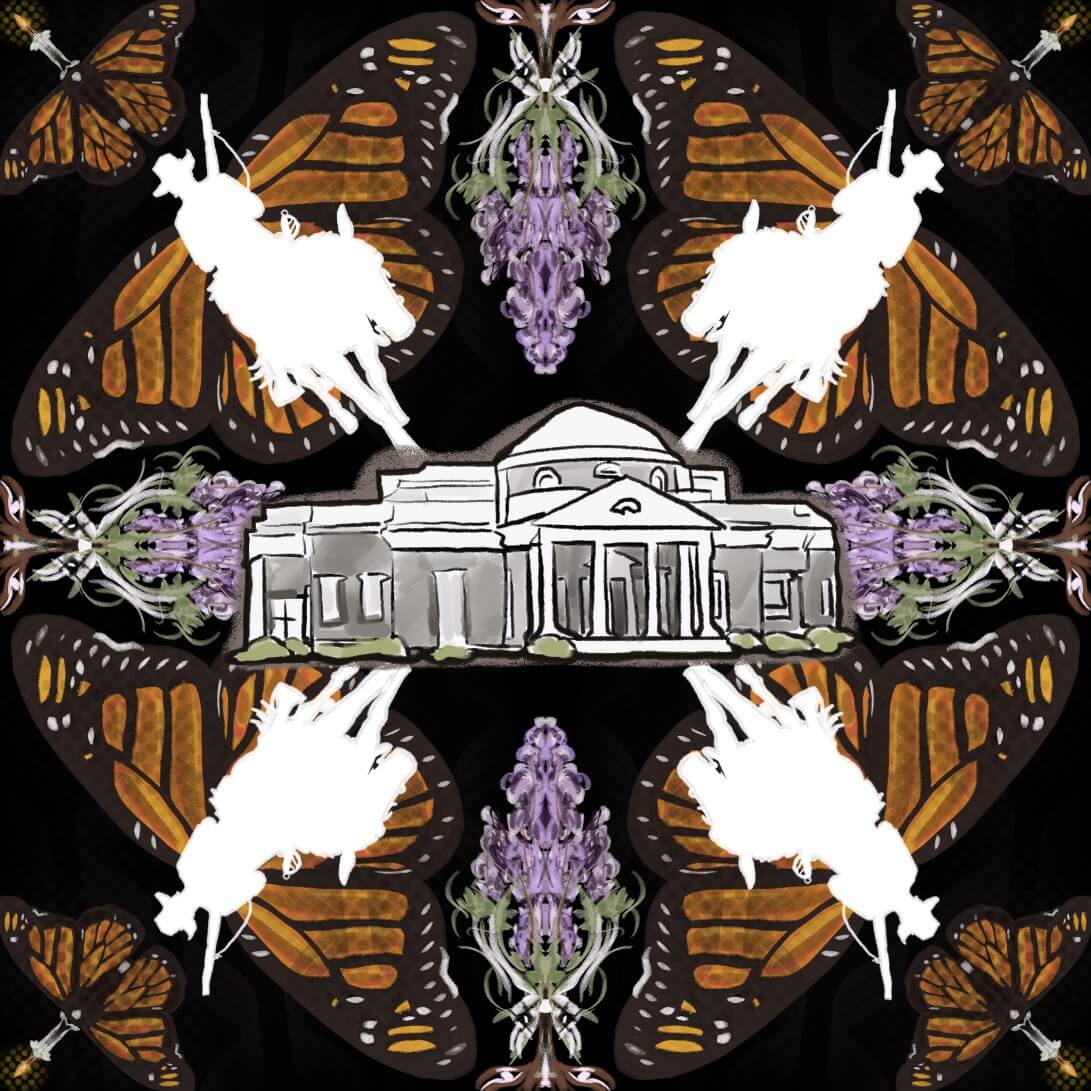
“Absalom, Absalom!” by William Faulkner
By Noah Kim (Opinions editor)
In their definitive guidebook for prose, “The Elements of Style,” authors William Strunk Jr. and E.B. White prescribe the following rule for “good” writing: “A sentence should contain no unnecessary words, a paragraph no unnecessary sentences, for the same reason that a drawing should have no unnecessary lines and a machine no unnecessary parts.” In his novel “Absalom, Absalom!” published in 1936, southerner William Faulkner seems to positively fling this rule into the Mississippi and proudly watch it float away toward the Gulf of Mexico. Adjectives, adverbs, verbs and nouns pile on top of each other; sentences run on endlessly; parentheses, em dashes and asides proliferate. At first glance, “Absalom, Absalom!” is suffocating and torturous, an iron maiden of prose.
But once the reader finds the persistence to trudge through Faulkner’s writing, “Absalom, Absalom!” presents a vibrant American tragedy. The novel tells the story of Thomas Sutpen, a fictional plantation owner in the Antebellum South. Sutpen, who grew up dirt-poor in backcountry Virginia, ascends to power and wealth through ruthless ambition and eventually establishes a 100-square-mile plantation in Jefferson, Mississippi, in hopes of lasting generational prominence. However, his aspirations are quashed by the Civil War and a long-lost bastard son.
For all its stylistic uniqueness, “Absalom, Absalom!” finds its timeless value in its comprehensive confrontation of race in the South. Faulkner’s characters have complex motivations and histories, unwilling to be reduced to simply “white” or “Black.” Yet a fatalism pervades the story. Characters constantly try to escape their pasts — which are often tainted by racism and miscegenation — but find themselves incorrigible. The fates of “white” and “Black” remain inextricably bonded in Faulkner’s South, and salvation for both races must address the dark and looming mansion of the South’s history. Faulkner’s cascading description brings uncompromising clarity to the tale. Finally, after persevering through the book, the reader finds in their hands not an iron maiden, but a cathedral, where all the seemingly ostentatious intricacies and embellishments are absolutely necessary to create a vaulting and brave drama of gothic, Southern, human proportion.
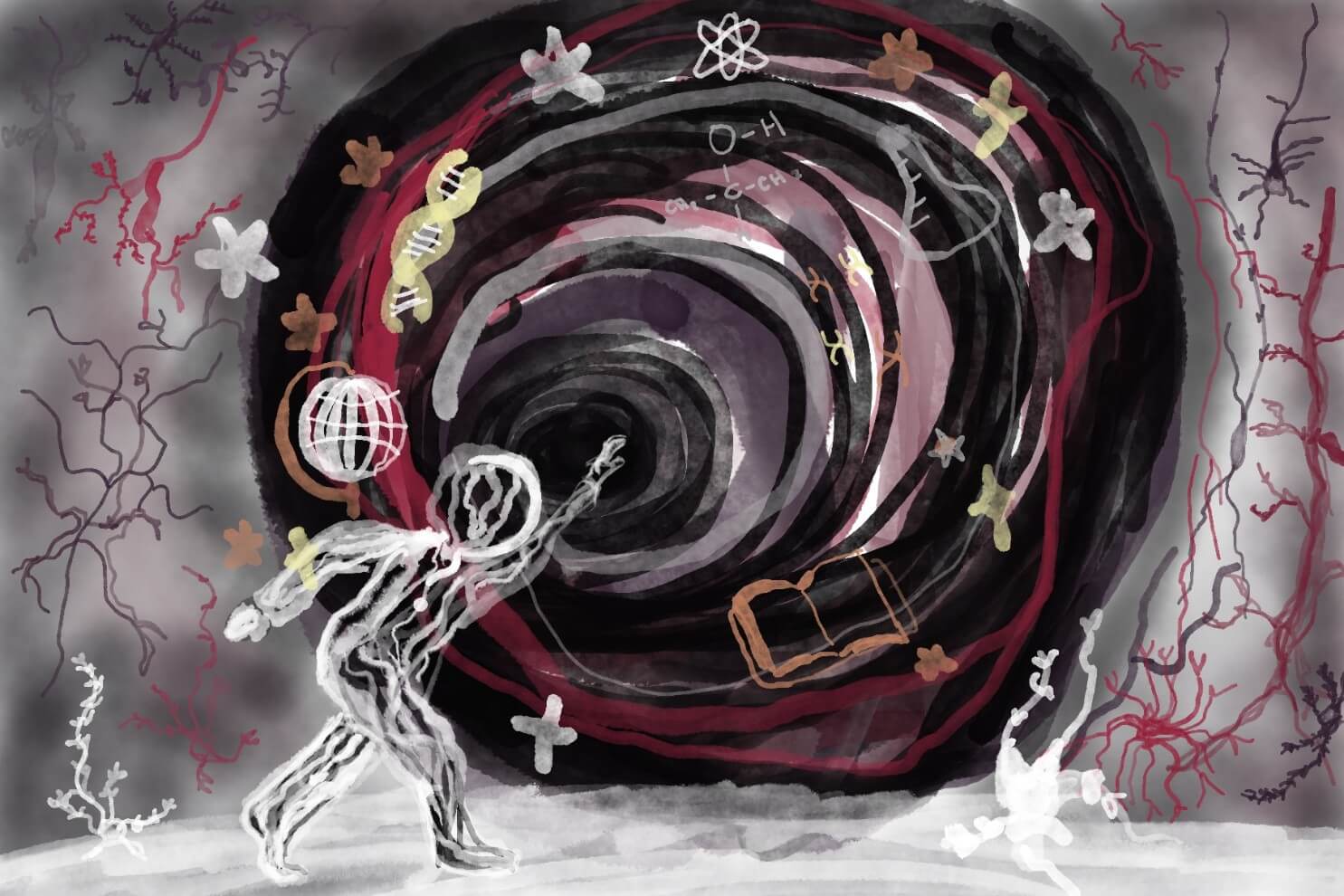
“When We Cease to Understand the World” by Benjamín Labatut
By Ava LaLonde (News editor)
Consider this for your summer reading — a book about the horrors of modern scientific advances and their effects on the psyche.
Doesn’t quite scream beach read, does it?
I read “When We Cease to Understand the World” by Benjamín Labatut poolside last summer while on vacation. What had seemed like a fairly short, easily packable novel left me swallowing a lump in my throat on an outdoor chaise lounge.
In this work of historically informed fiction, Labatut presents a collection of masterminds whose scientific work has changed not only the physical world but, indeed, all of our beliefs about it. Assigning names to the cyanide capsule and the gravitational singularity, Labatut shows how advancement always comes with a cost, often to the detriment of those who brought it forth.
The true genius of this book lies in its wandering between fact and fiction. The beginning is full of information, almost like a textbook, that captivates you but leaves your brain in detail-process mode. As the pages pass, Labatut slowly draws you into the complicated minds of the people behind progress, abandoning exact dates in favor of fictionalizations of hallucinations and nightmares these scientists may have experienced as a consequence, or a punishment, for their offerings to the world.
I was surprised to find how an increase in understanding can truly make you understand the world less. As far as vacation reads go, I don’t regret the journey this book took me on; in fact, I recommend it. I cannot imagine reading such a mind-bending, morally thought-provoking book and then heading to class or work afterward. This is the sort of book that completely alters your perception of the world. Doesn’t that deserve to have its own place, its own week in your life?
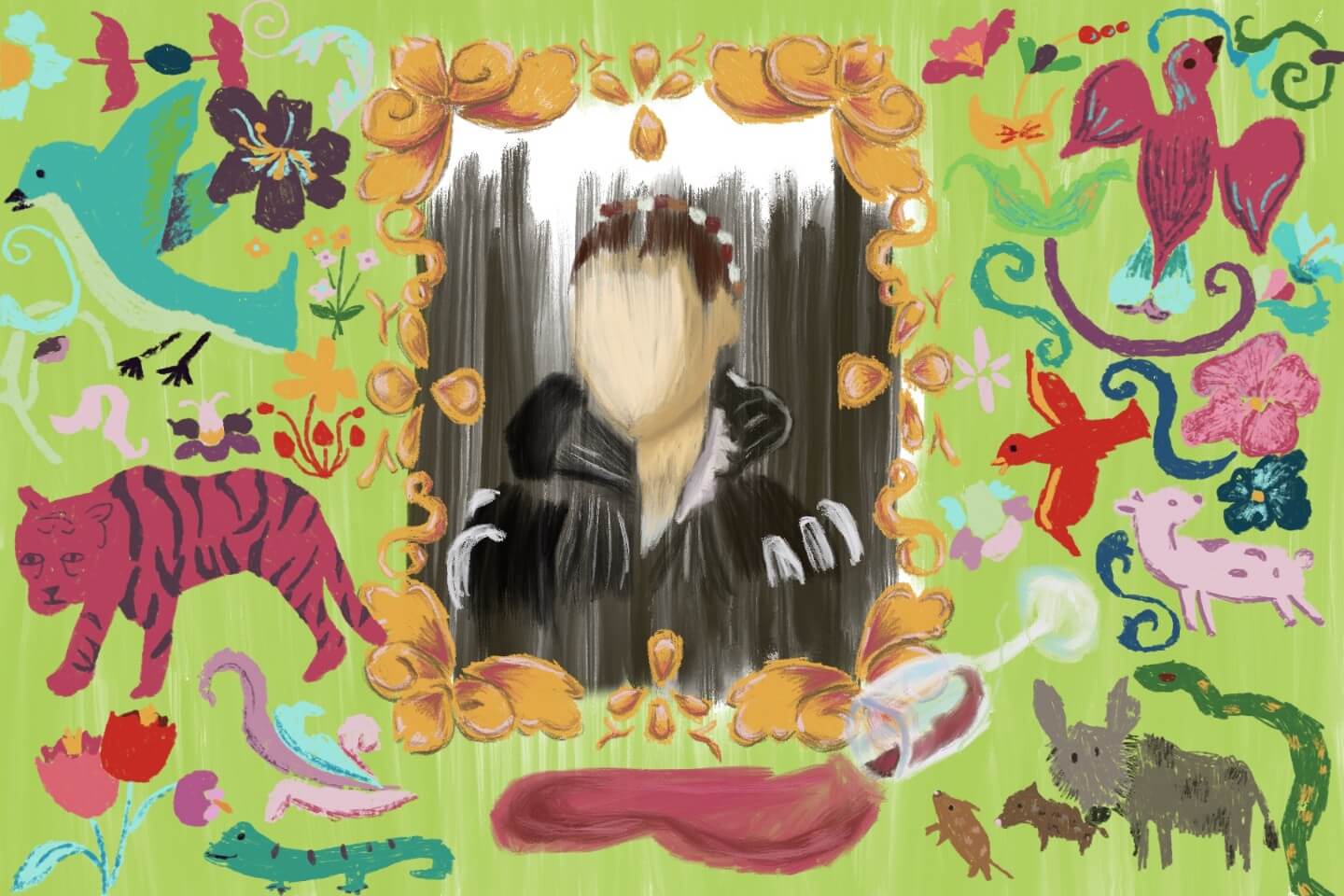
“The Marriage Portrait” by Maggie O’Farrell
By Mia Anzalone (Features editor and senior editor)
History nerds and true crime lovers can agree on one thing: Maggie O’Farrell’s “Marriage Portrait” has something for everyone. Based on the true life story of young Duchess Lucrezia de’Medici (yes, that Medici), O’Farrell uncovers the story behind the murder of 16-year-old Lucrezia by her husband, Alfonso d’Este of Ferrara. Set in the thriving and bustling city of Renaissance Florence, Lucrezia is a curious child, gifted painter and outspoken rebel. She has everything she could possibly want — oil paints, jewels and dresses — except that she’s doomed to be married to a man more than twice her age (who was previously engaged to her sister… yeah, I know).
Indulge in this juicy, heartbreaking and heart-pounding historical novel that disrupts visions of a utopian artistic Renaissance and illustrates a troubled society hungry for power. As an art history enthusiast, the novel provides the detail and drama behind the faces of Renaissance portraits that are often glossed over in a classroom setting.
While the princess-longing-to-be-free trope might be overused, O’Farrell uses Lucrezia’s story to comment on the chains that many elite women were bound to during the Renaissance that often resulted in murder, especially if they were unable to have children. O’Farrell uses these historical facts to build tension in the same way that Logan Roy crosses his T’s, but she’ll have you rooting for Lucrezia like Sea Biscuit. The Renaissance might be known for its Michelangelo’s and Da Vinci’s, but who are the women trapped inside the canvas? And where did they go?

“Picture Us in the Light” by Kelly Loy Gilbert
By Anna Beatty (Media editor)
Content warning: this book contains themes of suicide and depression
In no other book have I connected with the plethora of themes contained in this story. From unpacking the Asian American identity and Chinese adoption to navigating a friendship with someone who is at risk of suicide, “Picture Us in the Light” has stuck with me for years because of the complexity and interconnectedness of the various narratives. It has helped me unearth aspects of my own life and identity.
This book embodies the nonlinear storytelling style that I love. The narrative consists of two separate timelines that, in the end, converge. It tells the story of Danny, a high school senior from Cupertino, California, and his friends from the school newspaper (what a coincidence). Throughout the book, family secrets are uncovered that alter the course of Danny’s life.
I first read “Picture Us in the Light” the summer before I started high school. However, I find myself going back to it a few times every year. Every time I pick it up again, I read it from a new perspective of added maturity and a greater understanding of life. The themes I identify now carry more weight than the ones I first discovered at 14. The lessons in this book age like fine wine.
It never was about Regina getting into college, but about how to continue living while the world is crumbling after the death of a friend. It never was about Joy finding her father, but about how to confront your past without losing sight of the prospects of the future. It ultimately never was about Danny’s family tensions, but about how to salvage what’s left in order to move forward.
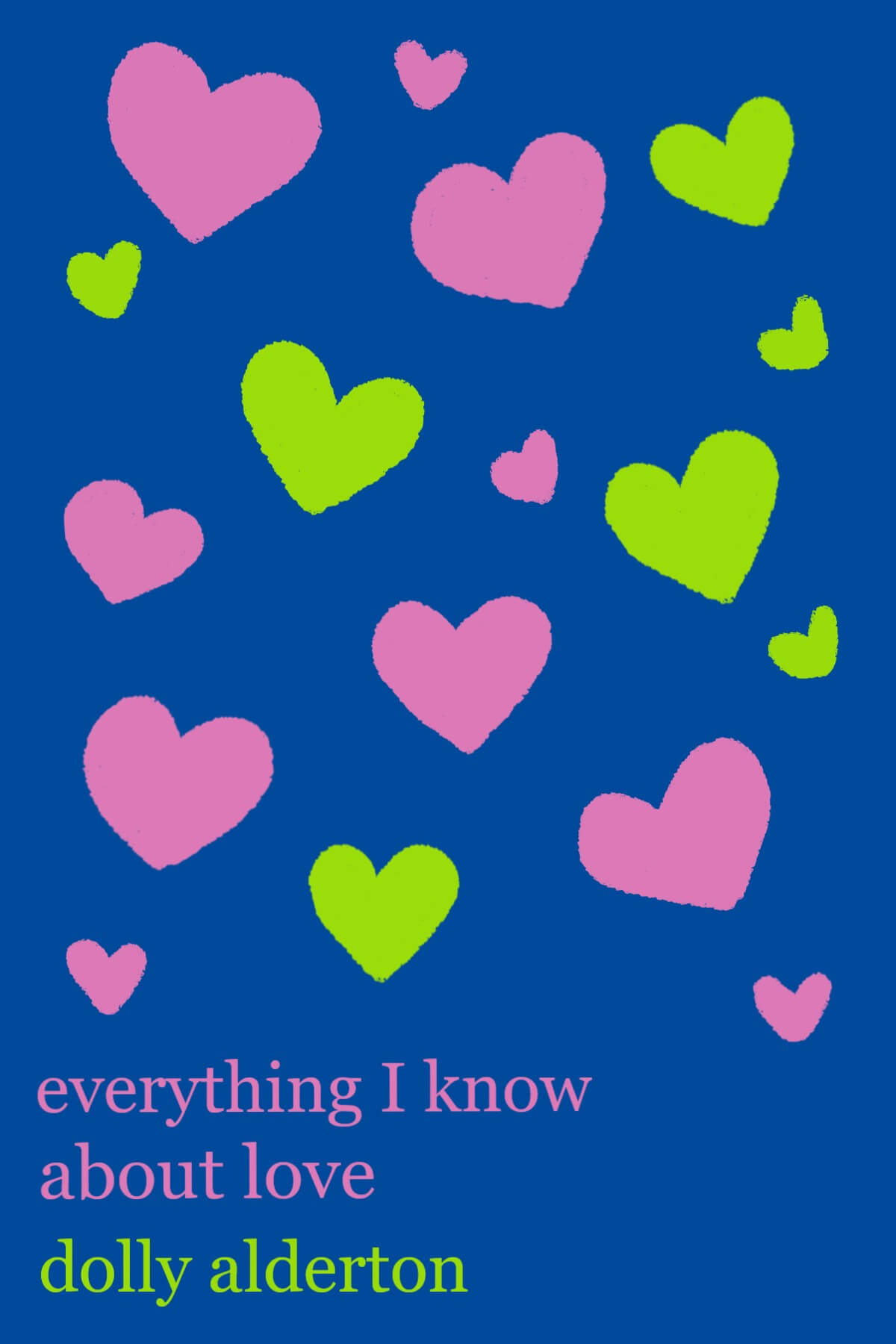
“Everything I Know About Love” by Dolly Alderton
By Mollie Barnes (Arts & Culture editor)
To me, a summer read is a romance, but not one that fills you with that existential dread that “I haven’t met my soulmate yet.”
In her memoir, Dolly Alderton reflects on her messy flings and the friends that stuck by her through it all, set in London during her teenage years into adulthood. It shifts the focus from an everlasting romantic love — that, at this point, I’m not even sure our generation believes in anymore — to a love that can be experienced in myriad forms.
Through listicles, recipes and her best friend Farly, Dolly becomes your big sister. It’s a book you can read at any moment in your life, whether you are in your first relationship, having messy drama with friends or missing the feeling of your first high school crush.
It’s about finding love in all things, the note from your roommate or the light she left on in the bathroom for when you get home late at night. Dolly tells you that it’s okay if you haven’t met your soulmate, you don’t have a steamy romance lying in wait or a love note in your mailbox. There’s love all around you, and within you.
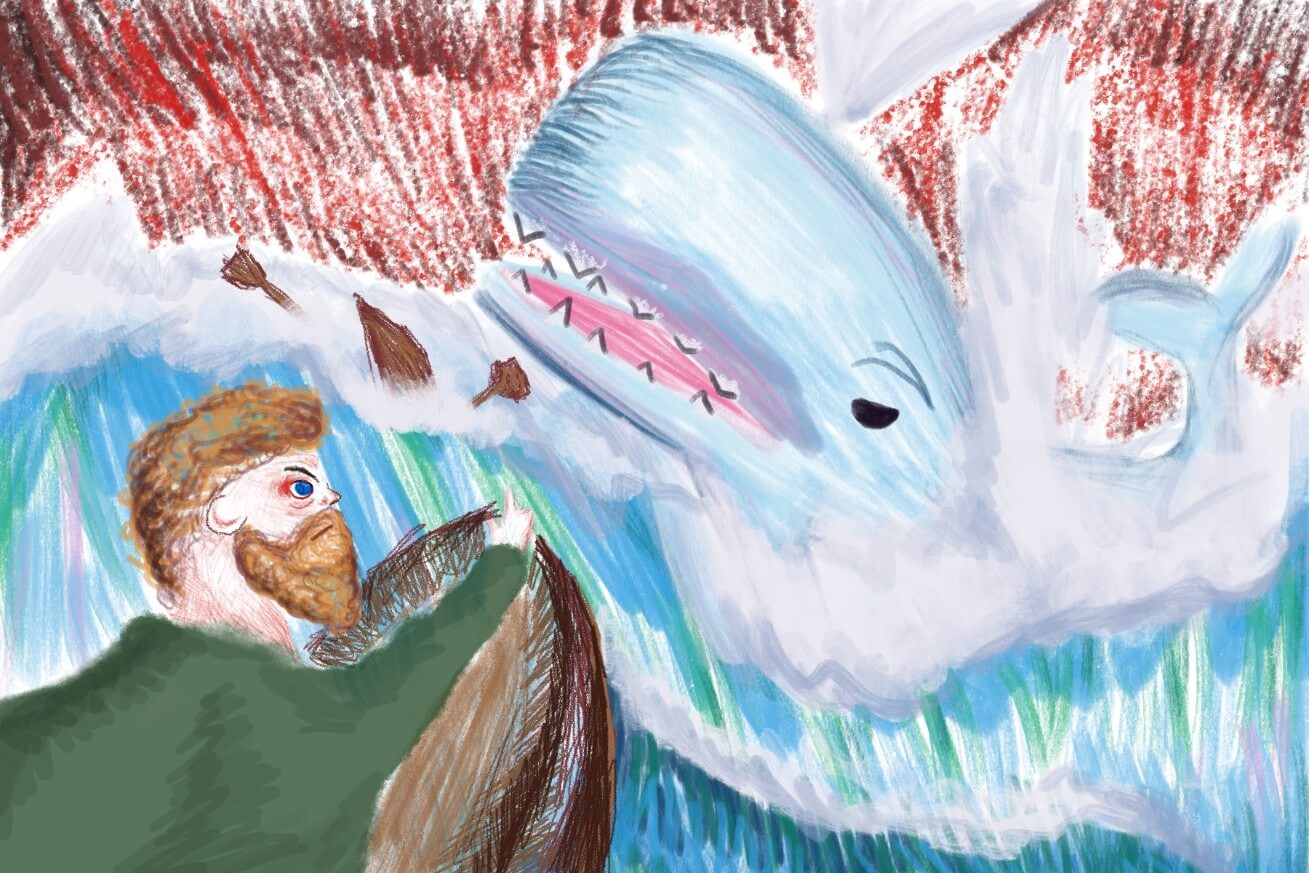
“Moby-Dick; or, The Whale” by Herman Melville
By Sebastian Lechner (Editor-in-chief)
Moby-Dick isn’t just one of the greatest American novels, it’s also probably the most misunderstood novel of all time. Yes, yes — it’s about a whale, and there are 250 pages or so about whale anatomy. But perhaps most importantly, the novel is essentially a comedy. Not just the novel’s multiple allusions to phalluses and masturbation (Melville titled it so for a reason), but how Melville approaches all aspects of life — from Western philosophy to sharing a bed with a stranger — usually ends with Melville pointing and laughing at the world at large. Of course, Captain Ahab is on a quest for metaphysical revenge, but Melville makes sure to get some laughs in. My favorite joke: the subversion of the Pythagorean theorem into the Pythagorean maxim (and the subsequent danger of the “winds from astern”).
Why would such a seemingly tragic book be a comedy? As Ishmael (the main character) says in the first chapter, “Surely all this is not without meaning.” The laughter quickly becomes a shield to the traumatic harm of Ishmael’s past. In this way, the novel is not just a comedy, but a novel that heals. That’s why everyone should read the novel — because if anyone ever feels that they are in the midst of “a damp, drizzly November in my soul” like Ishmael at the beginning, it is comforting to find there is hope at the other end of the tunnel. Hearing Ishmael be alone in the dark wood, and finding salvation in the world itself is an experience I’ve seldom found elsewhere. It’s not just about a whale; it’s about everything.
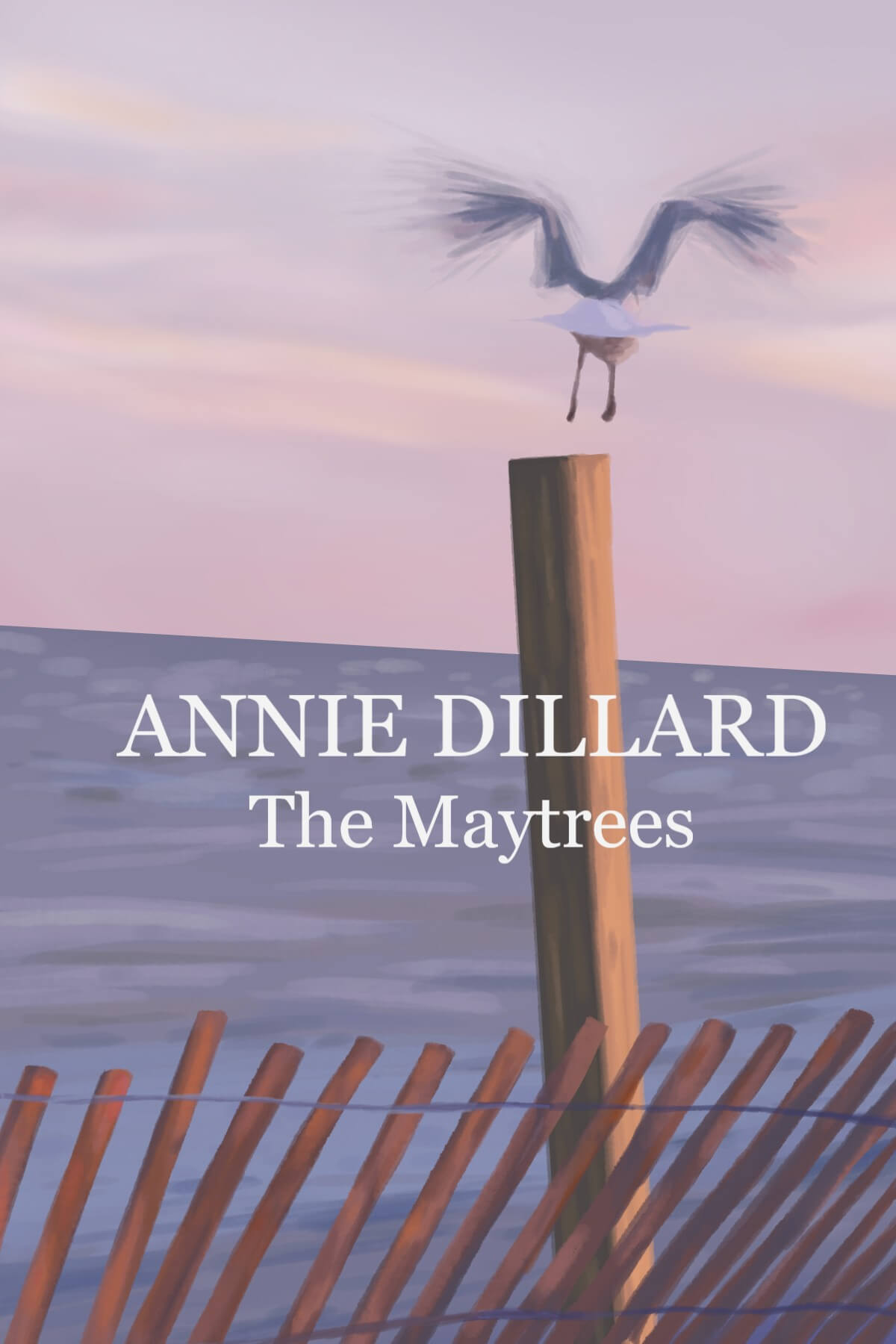
“The Maytrees” by Annie Dillard
By Nora Youngelson (Sports editor)
I do believe that I am a loving and forgiving person, but “The Maytrees” by Annie Dillard tested my definition of both forgiveness and love. It begins as a classic boy-meets-girl story when Toby Maytree meets Lou in 1950’s Provincetown, Massachusetts. However, with the addition of marriage, a child and a woman named Deary who lives in the dunes of Cape Cod, things do not always go as one would hope. Dillard uses her striking prose to point questions at the reader, inviting them further into the story. In a way that I have never seen done before, this book allows the reader to intimately and truly understand the life of a character, Lou Maytree.
I read this book during the winter, but I promise it would be a great summer read. Dillard is known primarily for her nature writing (which I also love and recommend). Transported to the beaches and staggering dunes of the Massachusetts coast, Dillard gives the reader an honest description of love, loss and solitude.
But to give fair warning, this book is not for everyone. Dillard’s prose is so meticulous and, at times, the writing can feel bare. And sure, in a way, it is a quiet novel, but that is exactly how “The Maytrees” gets to you. Dillard writes, “Where is privacy, if not in the mind?” So this summer when you are looking for a little privacy, I encourage everyone to read “The Maytrees” and enter into Dillard’s beautifully constructed world. With her intentional word choice, Dillard hands you a complete story, rich with the pure nature of human relationships, and then lets you fill in the rest.
![]()



































